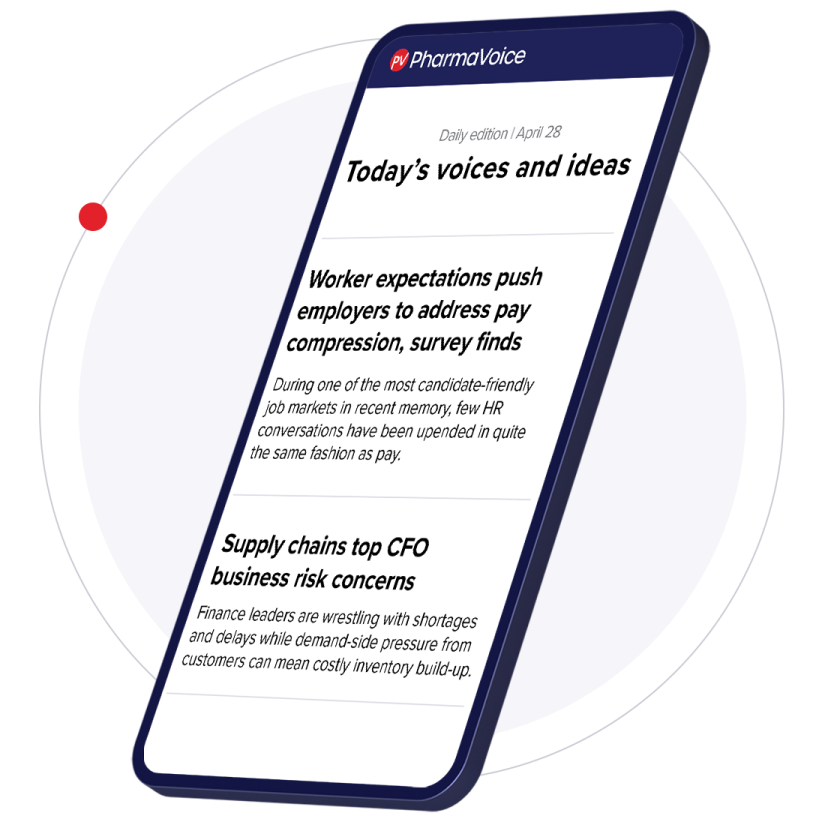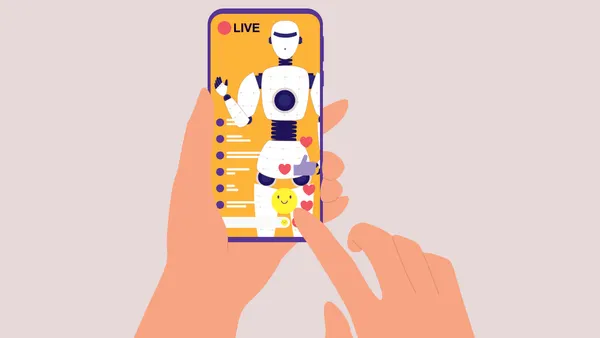The Patient/Physician Dialogue Bridging the Gap Physician-Patient Communications Reid Connolly Managing Director Chief Creative Officer evoke | healthcare interaction
A convergence of factors, including the shortening of office visits, lack of consumer engagement, and divergent messaging strategies have contributed to a significant patient/physician communication gap.Successfully bridging this gap, to build and sustain a more valuable dialogue, can offer incredible reward. If one were to ask most physicians how well their patients understood a recent conversation about anything from a complex mechanism of action to a seemingly simple blood pressure test, they would likely answer with confidence. Ask the patients, and it’s often find a very different story. Doctors spend less and less time with patients — often as little as three minutes. So it’s not surprising that many patients leave confused or are dissatisfied with the information they receive. Quite often, an in-office dialogue consists of closed-ended questions from the physician with little color added by the patient. It’s important to understand why physicians and patients are not aligned on the information each needs to provide to make their interactions more effective and fruitful. Poor, Time-Constrained Conversations Almost all pharmaceutical Websites offer an area often referred to as “questions for your doctor,” which provides thoughtful topics to bring up in the physician’s office. What most sites don’t tell patients, however, is how and when to ask these questions or how to discuss the things in their lives that make their situations unique. To deliver the best, most personalized care, physicians need to know more about their patients and how proposed treatment options will fit into their lives. In addition, patients must know what’s important to discuss with their doctors, be empowered to thoroughly answer questions, and have the confidence to share their relevant stories. Message Confusion and Inconsistency Once the framework for an ideal conversation has been built, the next communication hurdle to overcome is the divergence of consumer and professional messaging strategies. Without doubt, many marketers have worked on a brand with very different consumer and professional message strategies. It’s time to rethink this approach. Much time, effort, and money goes into developing a brand’s essence. But in so much of the consumer and professional advertising today there are two completely divergent campaigns with little consistency beyond the logo and PMS colors. When consumers read a professional Website — and they do — they find a very different message than the one in consumer communications. By the same token, physicians visit consumer Websites to see what their patients are reading. By offering multiple definitions of their brands marketers are doing themselves and their audiences a disservice. Different definitions of what a brand is and how it speaks cloud the message, and the chasm in the dialogue grows. No wonder consumers and physicians aren’t on the same page. There is no doubt that consumers’ and physicians’ needs are different, but that doesn’t mean marketers shouldn’t tell the same underlying story: identify the issues, features, and benefits that can enhance rather than obscure the conversation. Improving the Process As marketers, we can enhance and support better dialogues. Here are three suggestions: 1. Let’s improve our dialogue first. Let’s offer customers, physicians, and consumers brand singularity. Let’s tell them consistent stories, and communicate those stories with the insights we have into each audience. 2. Let’s extend the office visit — virtually. New advances in the interactive field, such as mobile application development, offer new ways to keep the lines of communication open to patients and support the treatment regimens prescribed. For instance, mobile compliance and adherence programs can offer physicians and other professionals an easy way to continuously manage patient behavior and offer ongoing support beyond the office visit. 3. Let’s empower both patients and physicians with the appropriate, relevant information to share and communicate, and let’s show them how and when to do it. Even the best physician is only as good as the information she or he has about a patient, so let’s give both parties the tools and resources they need to make their interaction as valuable as possible. The current state of the patient/physician dialogue did not develop overnight, and surely will not be changed overnight. But, by offering singularity of brand message, virtually extending the office visit, and empowering patients and physicians with the right tools and resources, we can get patients and physicians on the right track toward a more valuable and rewarding interaction with each other and the brands being marketed. evoke | healthcare interaction, New York, is a full-service, interactive healthcare marketing and advertising agency that partners with leading pharmaceutical, biotech, and medical-device clients to enable richer, more effective, and more strategic customer interactions. For more information, visit evokehealthcare.com. March 2007 VIEW on Advertising
An article from


The Patient/Physician Dialogue Bridging the Gap
Filed Under:
Commercialization









